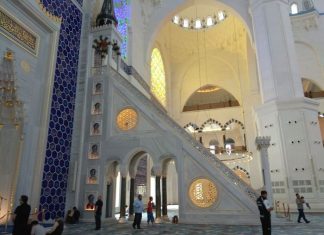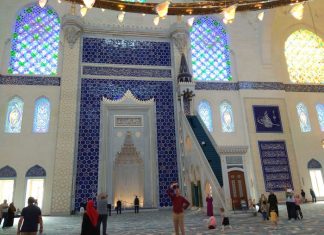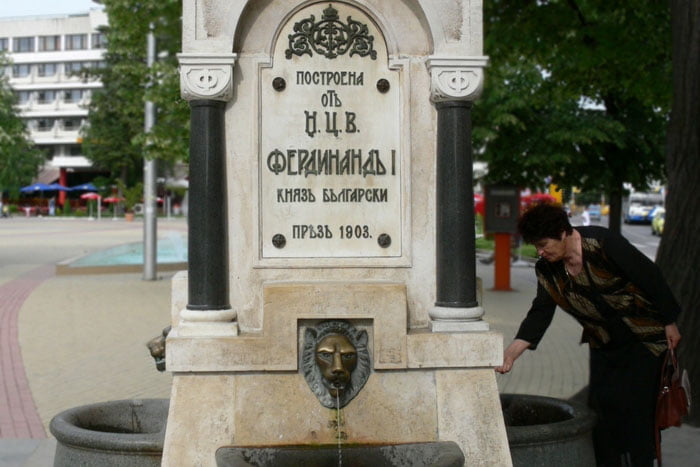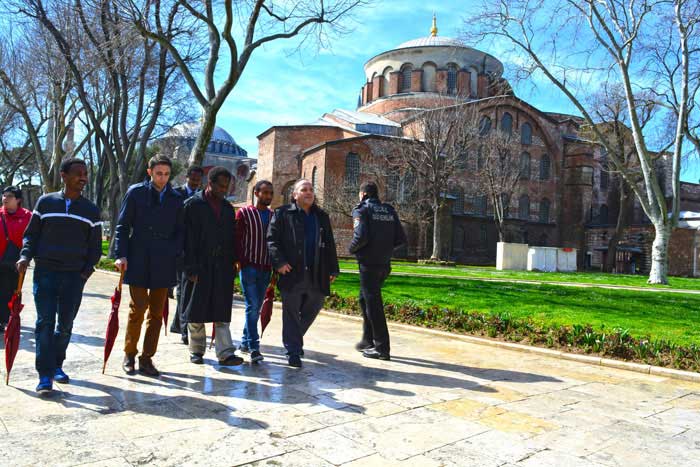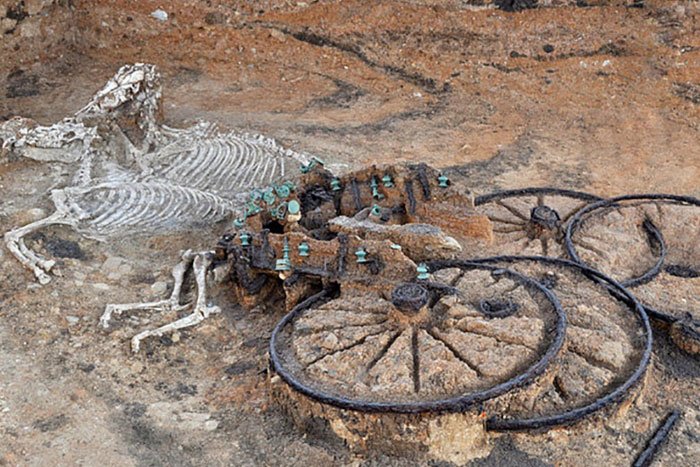Distinctive Symbols on Ottoman Tombstones
Exploring the Meaning Behind Engravings
Symbolic Trees Life and Immortality
The foot sahides of Ottoman tombstones often feature engravings of trees. Prominent among these are roses, date-palms, cypress, and pomegranates. Date-palms symbolize life and immortality, portraying fruitfulness and reproduction when adorned with multiple fruits. Pomegranates signify monotheism, supernatural powers, and are symbolic of reproduction. Cypress trees, symbolizing beauty and immortality, gained popularity during the Ottoman era, particularly in the 16th and 17th centuries. Cypress implantation ceremonies were held during this period, emphasizing eternity and stability against the wind. The evergreen nature of cypresses, along with their symbolization of patience and humility Read More about Ottoman Tombstone Symbols, is found on both male and female graves.
Golden Apple, Orange, and Grapes: Symbols of Immortality
Illustr
Ottoman Tombstone Symbols
Turkish Graveyard Traditions through the Ages
Evolution of Tombstone Art
The tradition of planting gravestones in Turkish graveyards dates back to ancient times. Initially serving the practical purpose of marking grave locations with flat and high stones, gravestones evolved into symbolic artworks. Animal figures and Chinese motifs adorned these tombstones, gaining figurative significance over time. This tradition laid the foundation for Ottoman tombstones.
Gokturk Era Birth of Grave Statues
During the Gokturk era, grave statues emerged, featuring distinctive headgear, arches, and accessories. With the influence of Islamic beliefs during the Ottoman era, these statues transitioned into abstract forms. While headgear and objects adorned the tombstones, hands and feet were often understated.
Ottoman Grave Classification
Ottomans designated their tombstones as “sahide.” Each grave had two sahides – the head sahide and the fo
Preserving Troy’s Heritage
“Dus ve Gercek Troia”
Exhibition Overview
“Dus ve Gergek Troia” unfolds across 486 pages, presenting a monumental collection of Troy artifacts sourced from various museums in Germany and other nations. Printed on high-quality glazed paper and measuring 30 cm. x 24 cm., the book serves as a testament to the exhibition’s significance. Its back cover echoes a poignant plea: “These works wait to be exhibited in a modern Troy museum in Turkey.” While a call tinged with tragedy, it underscores the reality of a shared heritage Read More about Distinctive Symbols on Ottoman Tombstones. The hope lingers for the creation of a museum in Troy where these artifacts, currently held by antiquity merchants, can return to their rightful home.
A Harrowing Reality
The exhibition brings to light the distressing extent of Troy’s pillaging. Participating countries in

